
Please enable JavaScript to use the website of the Tokyo Metropolitan Government.
Updated on December 20, 2021
Main content starts here.
Incubation farms are very “tasty”
There is an “incubation farm” in Tama City. The word “incubation” is probably unfamiliar to most people. Originally meaning “hatching,” it is now more often used as “support for business startups.” The farm was opened through the Tokyo Metropolitan Government's Incubation Farm Development Project, and has been used by Yasuharu Masuda and Kunihiro Kodama since August.
For the project, cultivation facilities have been set up on farmland acquired by TMG through the purchase offer system for productive green space. It is designed to support farmers interested in introducing new technologies by renting the facilities to them, with the aim of making agriculture more profitable. Aiming for profitable management with limited farmland, the facilities use the Tokyo Future Agri-System (R) (Tokyo-type integrated environmental control production system), which utilizes advanced technology and ICT in the agricultural field.
In addition, in light of the expiration of property tax incentives for productive green space in 2022 [Note], TMG aims to present a model for the conservation and utilization of productive green space to municipalities.
[Note] Expiration of property tax incentives for productive green space in 2022
Production green space refers to agricultural land in urban areas, as defined by the Production Green Land Law enacted in 1992. In principle, the land must be managed as agricultural land for 30 years, and no houses can be built on it. Land designated as productive green space in 1992 will be de-designated after 30 years in 2022. The de-designated land will no longer be eligible for property tax reductions, and more owners may consider selling their land as it will become a greater burden on them, leading to concerns that farmland will decrease even more than before.
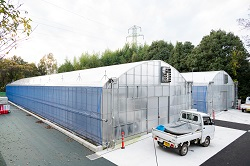 |
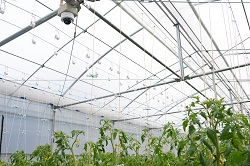 |
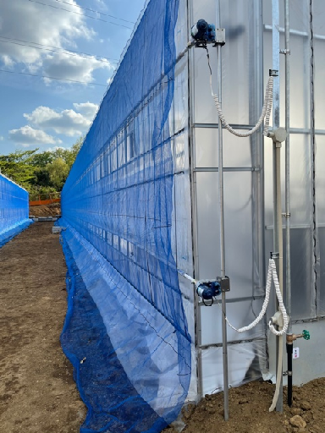 |
| Vegetables are grown in two greenhouses. | There is less shade with fewer pipes in the roof. Sunlight reaches throughout the greenhouse evenly, which promotes photosynthesis and energy conservation. | There is a sheet on the outside that can be opened and closed automatically in order to automatically adjust the temperature inside the greenhouse. |
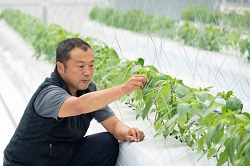 |
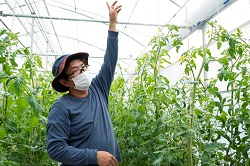 |
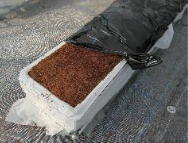 |
| Mr. Masuda grows paprika, which is rare in Japan. | Mr. Kodama grows tomatoes. He says they are growing exceptionally well. | This hydroponics system uses palm tree husks. This environmentally-friendly method stores the nutrient solution and does not produce waste liquid. It also supplies only what plants absorbs, so there is little waste. |
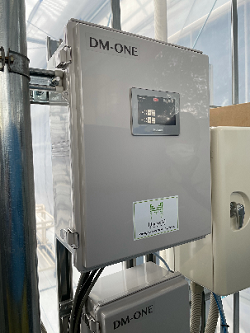 |
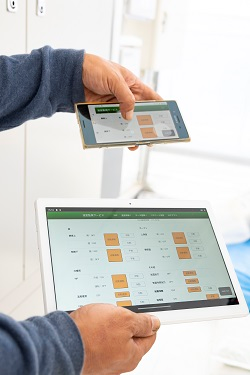 |
| This is the operation panel of the environmental control system. It is operated using a touch panel inside. Using a special app, it can be remotely controlled from home using a tablet or smartphone. | Mr. Kodama shows how to operate the system with a smartphone or tablet. |
Mr. Masuda said, “It is very meaningful to be able to rent it in this way. With the shortage of producers these days, and with COVID-19, I think food problems are becoming more severe. Because I want to see more young producers and new farmers, I want to introduce these new technologies and work to spread them as long as I am renting it.”
Mr. Kodama said, “I cultivated crops in open fields for my first three years of farming, but my profits hit a ceiling. I learned about this project and applied when I was looking for a dramatic change. Being able to see the current situation on a tablet is revolutionary. I had to rely on my own intuition in the past, but now I can see water, fertilizer, and the temperature as numerical values. I can confidently manage things with solid facts.”
The incubation farm has many advantages, such as helping producers and being environmentally friendly. It can be considered a “tasty” system.